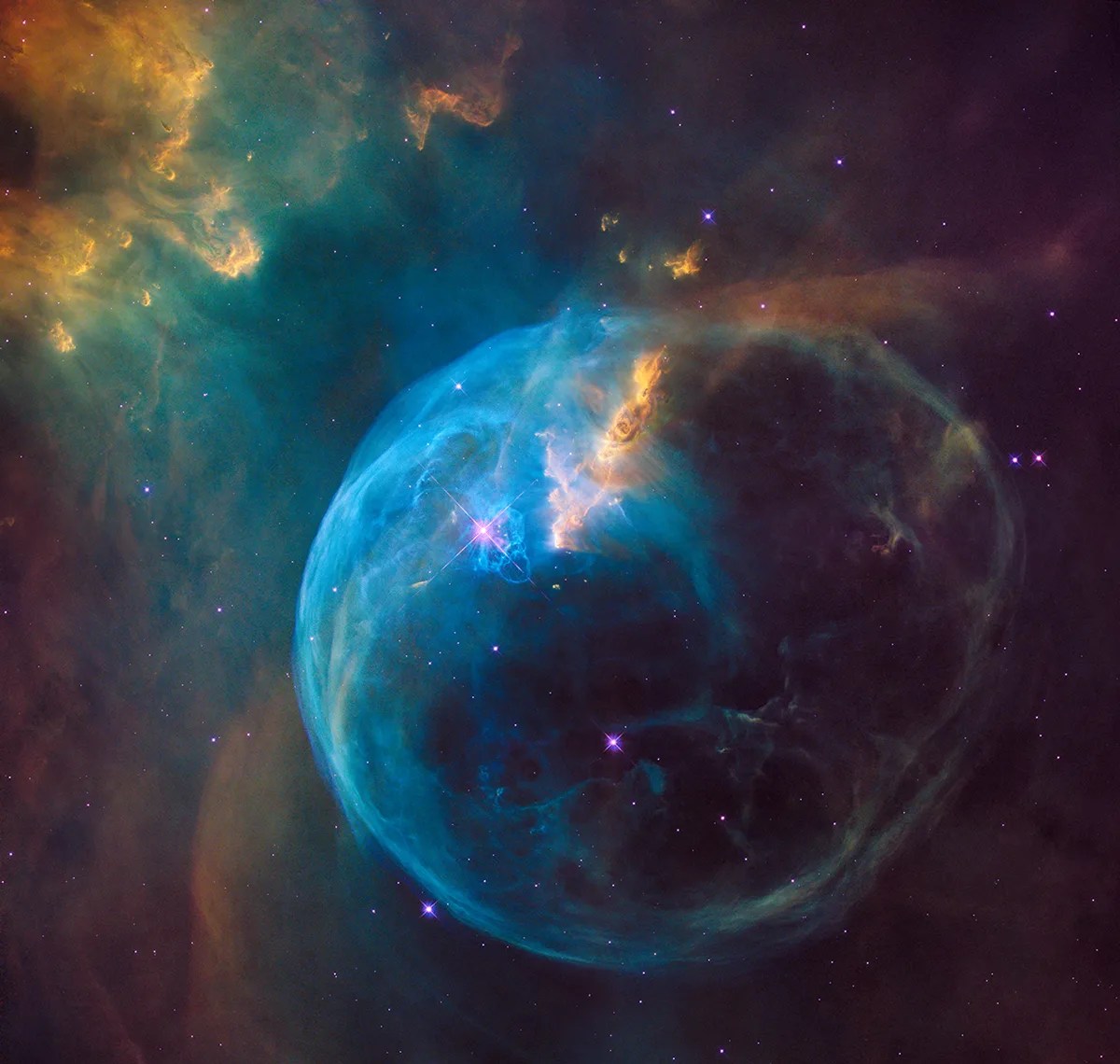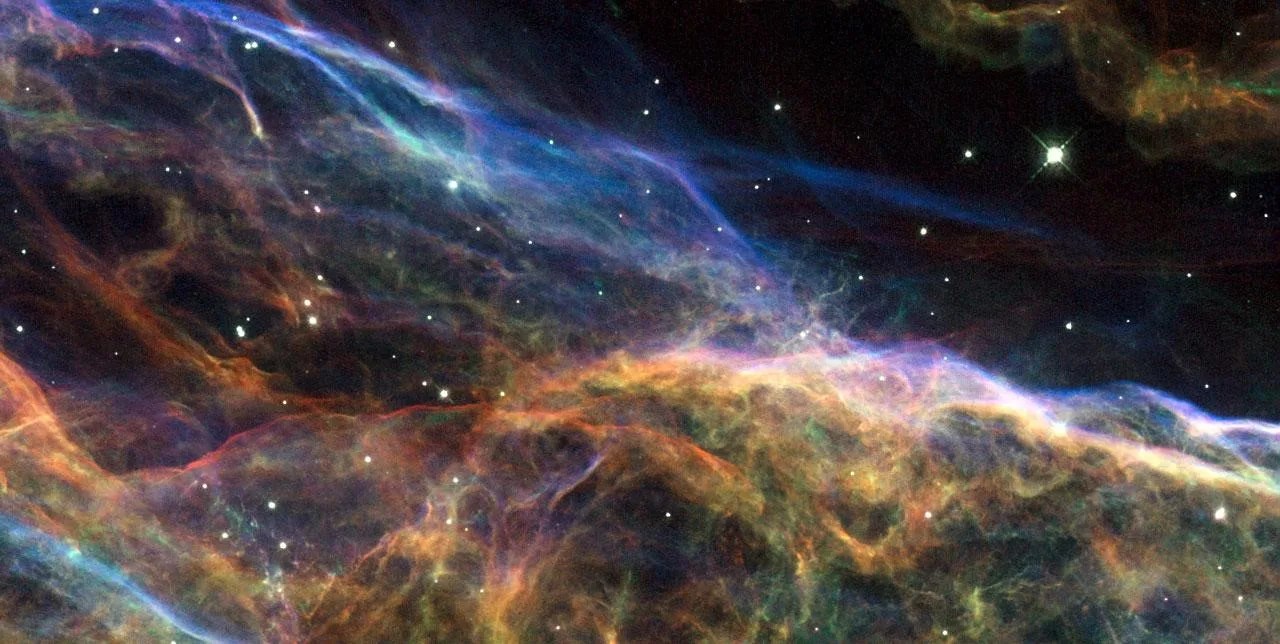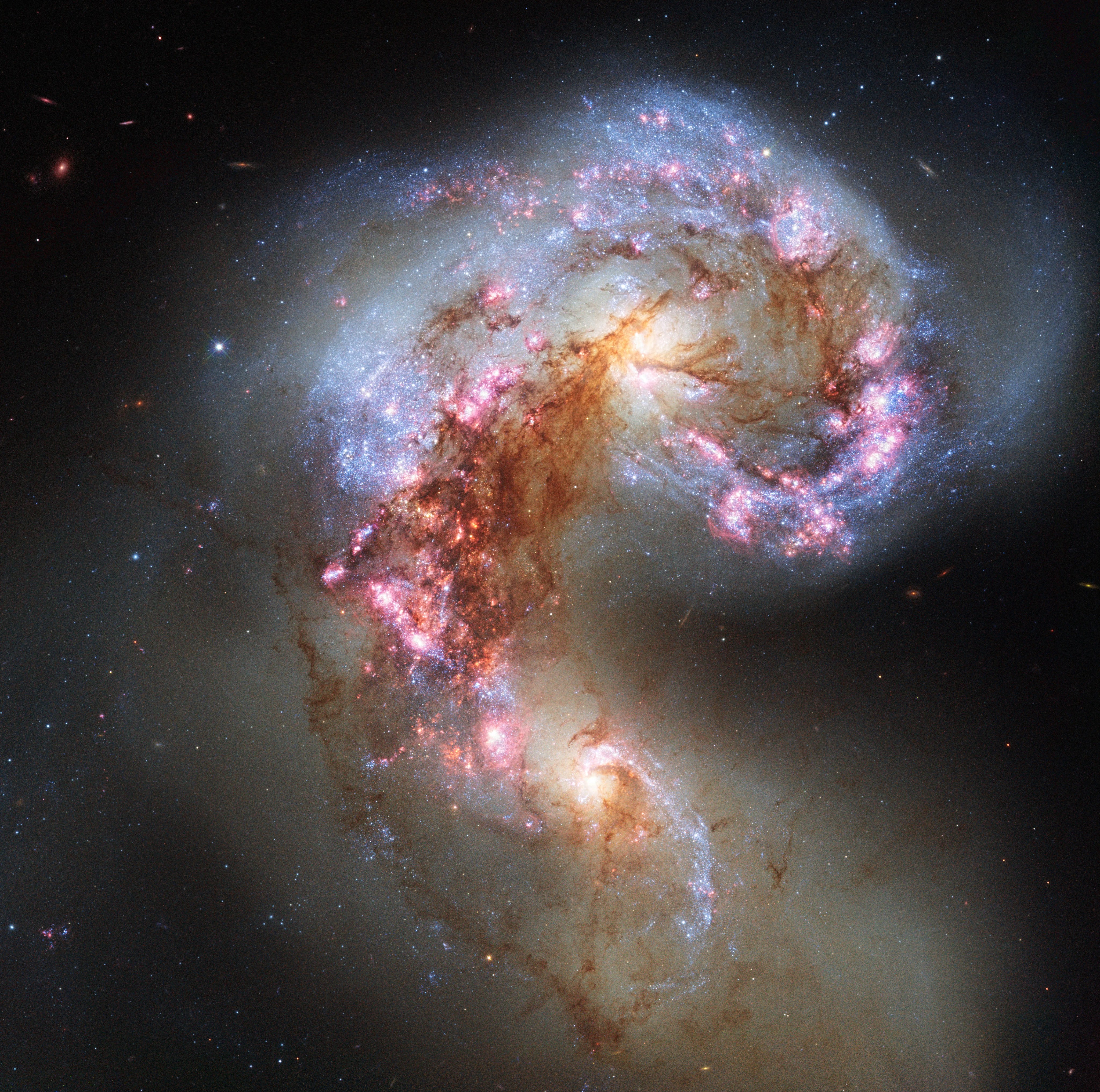Hubble's Caldwell Catalog
The Caldwell Catalog goes beyond the work of Charles Messier, offering backyard astronomers more cosmic wonders to explore.
Quick Fact
Overview
During the 18th century, French astronomer Charles Messier compiled a list of over 100 cosmic objects that might fool fellow comet hunters into thinking they had discovered new comets. These smudgy spots on the sky have since been revealed as distant galaxies, star clusters, and nebulae, and the Messier catalog became a guide for locating visually stunning cosmic objects.
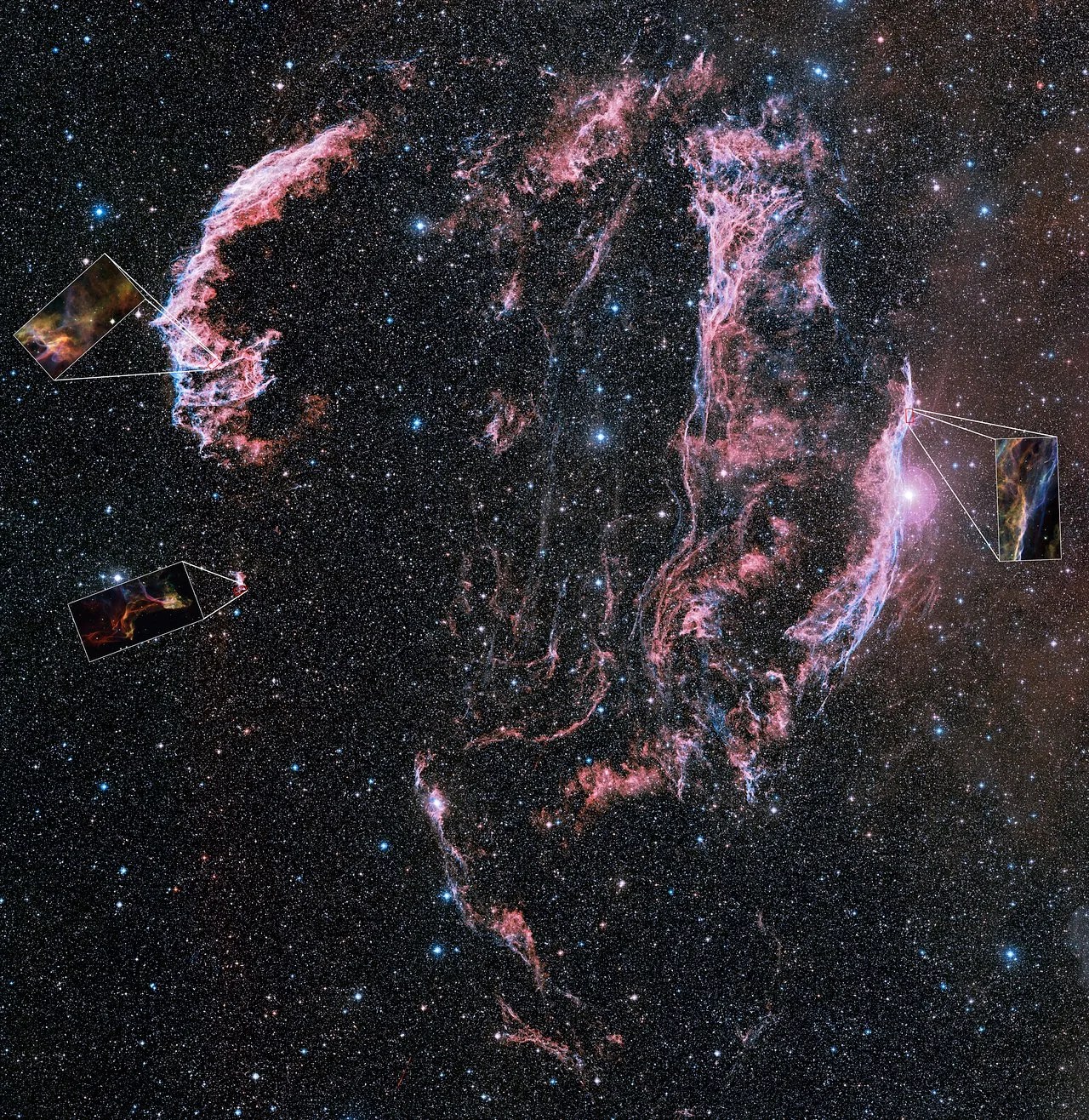
In the 1980s, an Englishman named Sir Patrick Moore produced an additional list to highlight more cosmic wonders visible to amateur astronomers. Unlike the Messier catalog, which only features objects that were visible from Charles Messier’s viewing location in Europe, Moore’s Caldwell catalog includes celestial bodies that are found in both the northern and southern skies. The catalog consists of 46 star clusters, 35 galaxies, and 28 nebulae, or 109 objects in total. Moore intentionally avoided including any of the Messier objects in his catalog, hoping to expand his fellow amateur astronomers’ cosmic horizons. From nearby clouds of gas and dust that are left over from dying stars to remote galaxies that formed billions of years ago, the Caldwell catalog is brimming with surprising celestial treats.
While the Hubble Space Telescope has not taken images of every object in the Caldwell catalog, it has observed 98 of them as of August 2020. Processed images for 87 Caldwell objects are included here. More images may be added to Hubble’s catalog of Caldwell objects in the future.
Some of Hubble’s images are close-ups of a particularly interesting region of an object rather than capturing the whole thing. That’s because Hubble provides high-resolution views but of relatively small regions of the sky. Sometimes the entire astronomical object doesn’t fit in Hubble’s view, and the scientists taking the observations don’t always need to view the full object for their studies.
Other Hubble images of the Caldwell objects have an unusual staircase-like shape where an edge of the picture appears cut off or missing. These images were taken using the Wide Field and Planetary Camera 2 (WFPC2), which was in operation between 1994 and 2009. WFPC2 was made up of four light detectors with overlapping fields of view, one of which gave a higher magnification than the other three. When the four images were combined together into one picture, the high-magnification image needed to be reduced in size in order for the image to align properly. This produced an image with a layout that looked like steps.
Today, Hubble has two primary cameras to capture images of the cosmos. Called the Advanced Camera for Surveys and the Wide Field Camera 3, they work together to provide superb wide-field imaging over a broad range of wavelengths. The telescope’s visible-light observations allow us to view cosmic objects in the wavelengths of light we see with our own eyes, but in a much greater level of detail. Infrared observations extend our vision, detecting lower-energy light than our eyes can see and peering through shrouds of dust to image some of the faintest and farthest objects yet discovered. Hubble’s ultraviolet vision extends our view in the opposite direction, opening a window on the evolving universe and allowing us to glimpse some of the more violent events in the cosmos.
While Hubble provides images in exquisite detail, backyard astronomers can observe Caldwell objects with modest ground-based telescopes, though some are more challenging targets than others. The catalog features many deep-sky objects that are bright enough to see with binoculars and a few that are visible to the naked eye. Regardless of the viewing instrument, the Caldwell objects are rich in history, brimming with science, and fun to observe.
The following pages contain some of Hubble’s best images of the Caldwell objects taken thus far. This collection has been assembled for amateur astronomers to compare what they see to what Hubble sees, allowing them to see finer details in each of the objects.
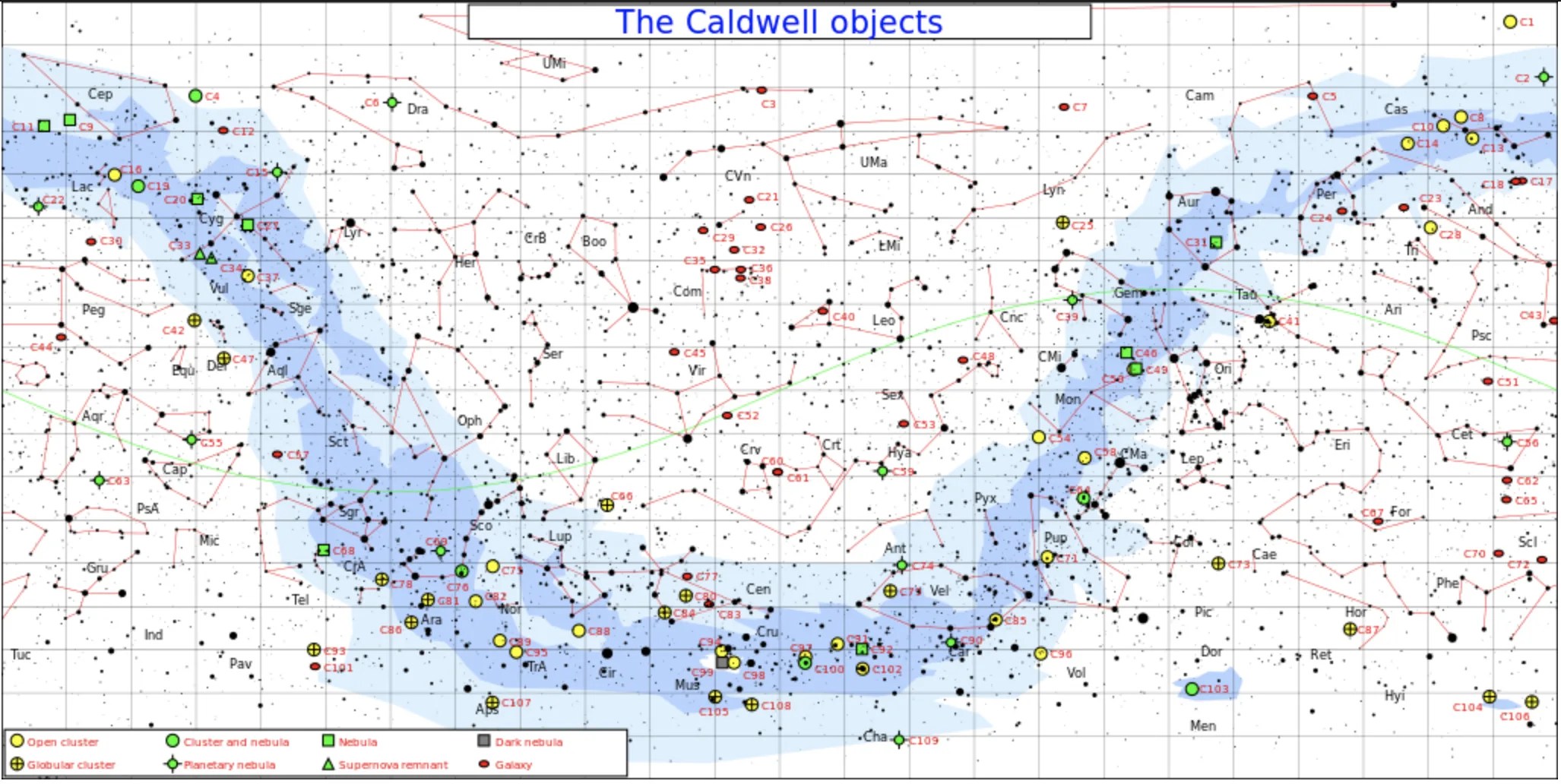
History
Sir Patrick Moore
World-renowned amateur astronomer, Sir Patrick Moore, developed the Caldwell catalog to inspire backyard astronomers to view night-sky wonders beyond those in the Messier Catalog.
Like many avid stargazers, an Englishman named Sir Patrick Moore developed an interest in astronomy at a very young age, which blossomed into a lifelong obsession. Educated at home because of a heart condition, he discovered the world of astronomy at six years old when he read a late 19th century tome on the solar system.
Read More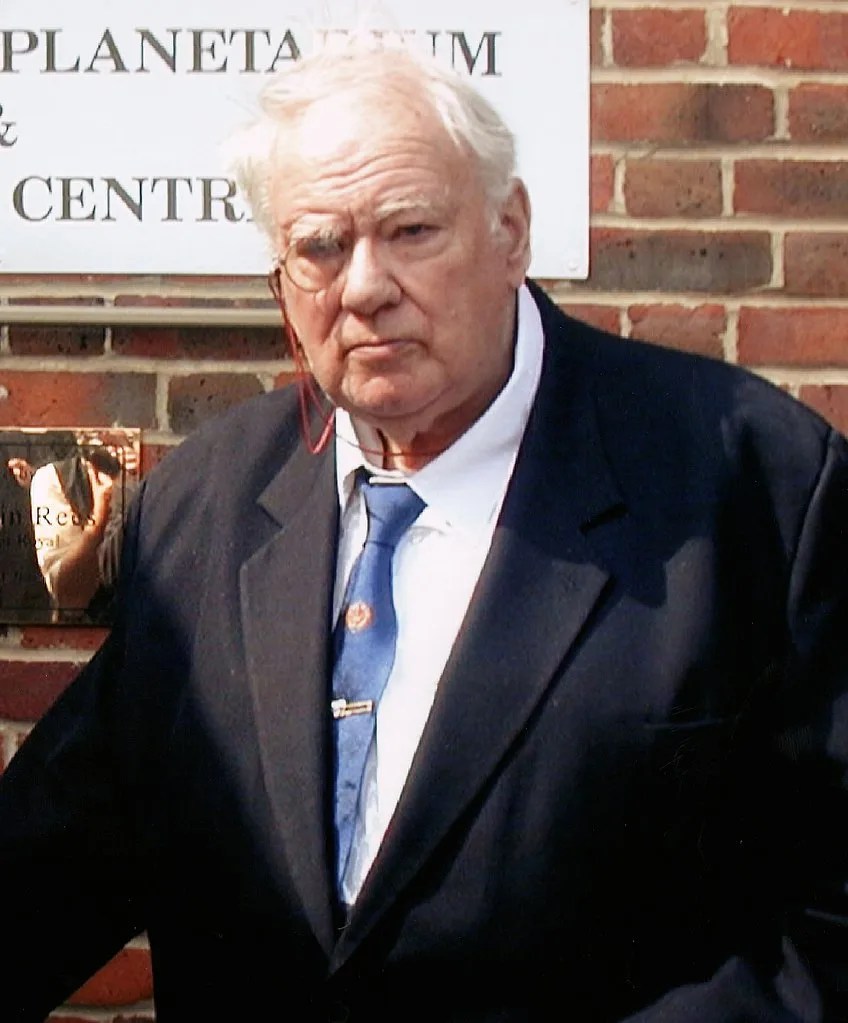
Hubble’s Caldwell Catalog
Use Hubble's images to help guide your exploration of the Caldwell catalog.

